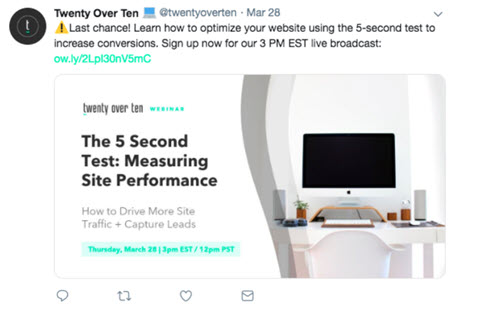
An Amazing Tool For Creating Your Own Graphics
All artists, entrepreneurs and small-to-mid sized organizations are constantly needing graphics for posts, ads, covers, stories, ebooks and more! But are you tired of having to pay a graphic designer? Crello is an easy-to-use tool that not only helps you create graphics, but you can easily resize them for different social media and marketing needs. Crello includes a huge variety of templates, photos, objects and design ideas (and, with the pro plan, you can add your own photos and fonts).
I was able to create my first graphic within a matter of minutes. And within a couple of weeks, I was able to create my own set of branded templates to use on a regular basis. I especially love that you can also create videos, animated effects and infographics.
Get it now using my affiliate link for CRELLO (thank you for using it!) for only $49 LIFETIME. This is a HUGE savings for a product that is a replacement for Canva. [Disclosure: I only promote products I’ve tried and use or love!]
I was able to create my first graphic within a matter of minutes. And within a couple of weeks, I was able to create my own set of branded templates to use on a regular basis. I especially love that you can also create videos, animated effects and infographics.
Get it now using my affiliate link for CRELLO (thank you for using it!) for only $49 LIFETIME. This is a HUGE savings for a product that is a replacement for Canva. [Disclosure: I only promote products I’ve tried and use or love!]




